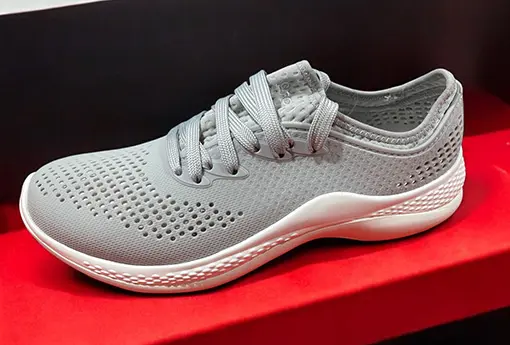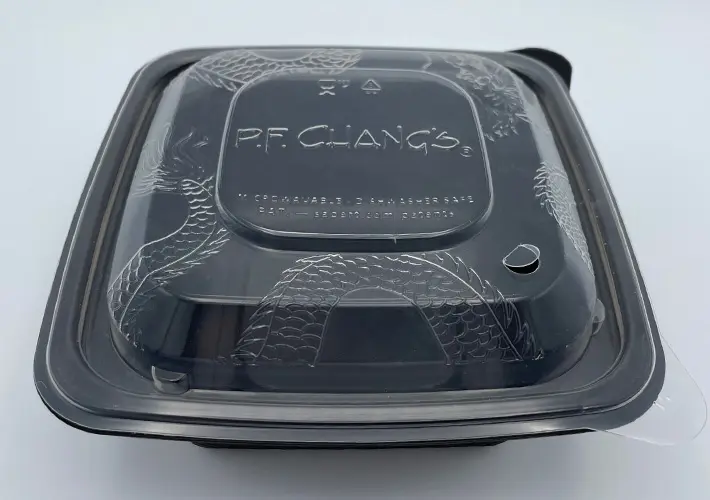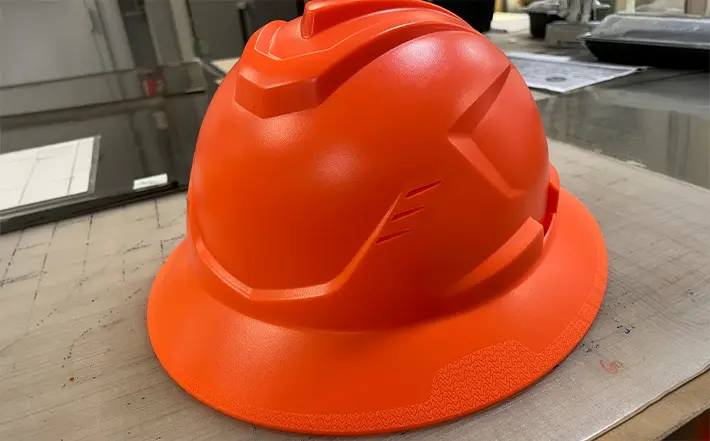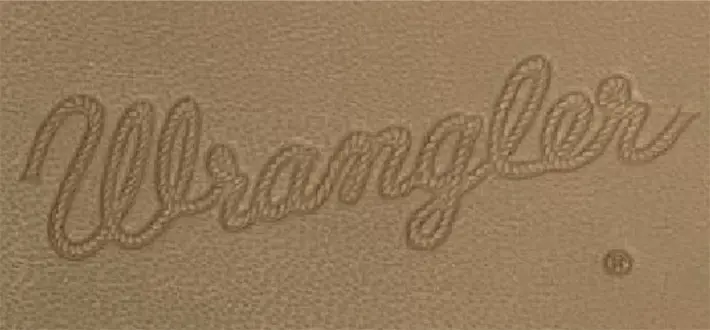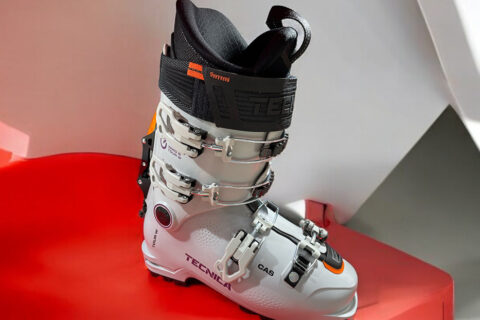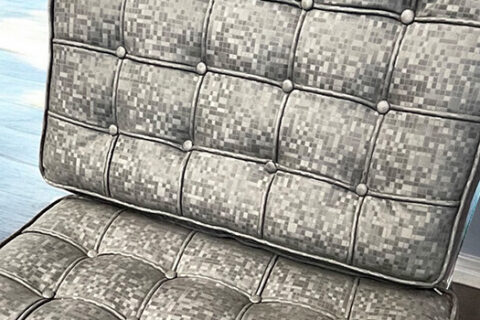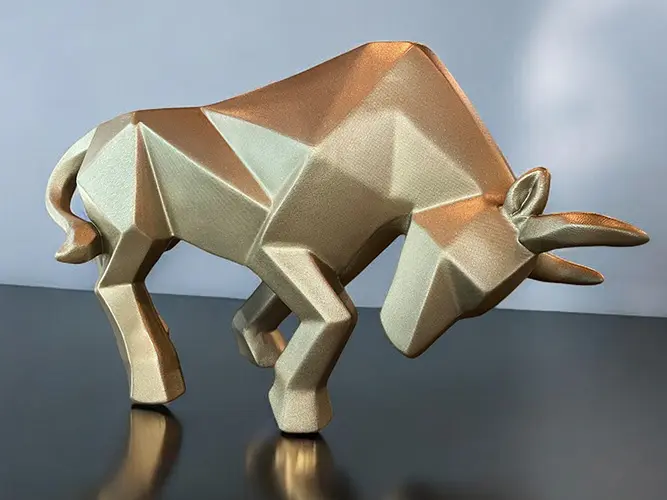Add beauty, function and branding with thoughtful texture design
Custom designed textures will make your product stand out from the competition with a multi-sensory experience. For example, a beautiful texture can delight the eyes so much that it’s impossible not to reach out and pick it up off the shelf. At that moment, there’s an emotional response of attraction, a connection has been made between the consumer and your product. That connection will make your product memorable and more desirable. This is why thoughtfully designed details like surface textures matter; they look as good as they feel. Here’s how you can elevate the value of your product by considering the details that your competition has overlooked, with a custom designed texture, you can make your product irresistible.
The Role of Texture in Plastic Injection Molding
Texture in plastic injection molding can range from smooth, glossy surfaces to intricate geometric patterns and rough finishes. The texture design can influence the product’s appearance, tactile feel, functionality, perceived value and even its brand identity. Custom texture design allows manufacturers to tailor each of these attributes to meet specific requirements and consumer preferences. Textures can be custom designed to save time, money and materials and perhaps most importantly, set your product apart from the competition.
Click to Watch Video: Be Irresistible with Custom Designed Textures
Enhancing Aesthetics
One of the most immediate benefits of custom texture design is the enhancement of a product’s aesthetic appeal. A custom designed texture can make a product look more sophisticated, premium, and visually appealing. For instance, a sleek, glossy finish might be ideal for consumer electronics, conveying a sense of modernity and high quality. On the other hand, a matte finish can add a touch of elegance and subtlety to automotive interior parts, reducing glare and enhancing the overall user experience. Iridescent textures create a shimmery rainbow-like effect on the surface of a product to delight the consumer.
Custom textures can also be used to create unique and distinctive looks that set a product apart from competitors. By incorporating brand-specific patterns or designs into the texture, manufacturers can create a visual signature that strengthens brand recognition and loyalty. This kind of differentiation is particularly valuable in crowded markets where visual appeal can heavily influence purchasing decisions.
Click to Watch Video: Laser Engraved Packaging, P.F. Chang’s
Improving Tactile Experience
The tactile experience of a product – how it feels when touched – plays a crucial role in consumer satisfaction. Custom texture design allows manufacturers to create surfaces that feel comfortable to the touch. For example, a soft-touch texture can make handheld devices or tools easier to use, reducing fatigue and improving grip. This can be particularly important for products that are used frequently or for extended periods. A rough surface can prevent slipping, which is essential for products like kitchen utensils, sporting goods, and industrial tools. In applications where grip and usability are enhanced, textured products can also contribute to safety and reduce the likelihood of accidents and injuries.
There are also ergonomic properties to consider, such as the comfort of a medical device to alleviate hand fatigue, with textures strategically applied to help the user ensure they are holding it correctly without having to see it.
Functional Enhancements
Beyond aesthetics and tactile experience, custom texture design can significantly enhance the functionality of plastic parts. For example, texture can be design-engineered to improve a product’s strength, aerodynamics and even its acoustic properties. Textures can be designed to minimize the appearance of fingerprints, scratches, and other surface imperfections, maintaining the product’s appearance over time. This is particularly important for high-use items like smartphones, remote controls, and automotive interiors.
Texture can also influence how a product interacts with other materials and environments. For example, a textured surface can reduce friction and wear in mechanical parts, extending their lifespan and improving performance. A hydrophobic texture can be designed to repel water, and an antibacterial texture can be used to keep surfaces clean.
In packaging applications, a textured finish can improve the strength of the container and contribute to the ease of handling and opening, providing a better user experience and reducing frustration. Textures can be designed to stick together, eliminating the need for an adhesive when assembling the product. Labels, logos and barcodes can also be engraved into the tool instead of needing to add a paper label after manufacturing.
For lighting and lens applications, textures can be designed specifically to diffuse, reflect and refract light.
Custom textured surfaces can improve the durability and longevity of products, reducing the need for frequent replacements and minimizing waste.
Click to Watch Video: Textures at Work
Brand Identity
Brand identity plays a crucial role in consumer choices. Custom texture design can serve as a powerful tool for reinforcing brand identity and creating a cohesive product line. By incorporating unique textures that reflect the brand’s aesthetic and values, companies can create a strong visual identity that resonates with consumers.
For instance, a brand known for its rugged outdoor gear might use textures that evoke the natural environment, such as wood grain or stone patterns. This not only enhances the product’s appeal but also aligns with the brand’s messaging and target audience.
Click to Watch Video: Wrangler Jeans
Market Differentiation
In a crowded and competitive market, brand differentiation is key to standing out and attracting customers. By creating distinctive and appealing textures, manufacturers can capture the attention of consumers with these thoughtful details they won’t find anywhere else, to create a memorable product experience.
Differentiation through texture can also be a valuable strategy for new product launches. Introducing a product with a novel and eye-catching texture can generate buzz and interest, helping to establish a foothold in the market. Over time, a consistent use of unique textures can build a brand’s reputation for innovation and quality.
Cost-Effectiveness and Efficiency
While custom texture design adds value to a product, it can also be a cost-effective way to enhance its appeal. Texturing the mold itself, rather than applying post-mold treatments or coatings, can reduce production costs and streamline the manufacturing process. This approach eliminates the need for additional materials and labor, resulting in a more efficient and economical production process. By investing in high-quality mold texturing, manufacturers can achieve superior surface finishes directly from the molding process, enhancing both efficiency and product quality.
Custom texture design can provide specific solutions for the product’s aesthetics, its function and efficiency in manufacturing. At Standex Engraving Mold-Tech we collaborate with product designers and OEMs to create bespoke textures that solve a multitude of challenges and set them apart from the competition. Make your product irresistible, contact us.



